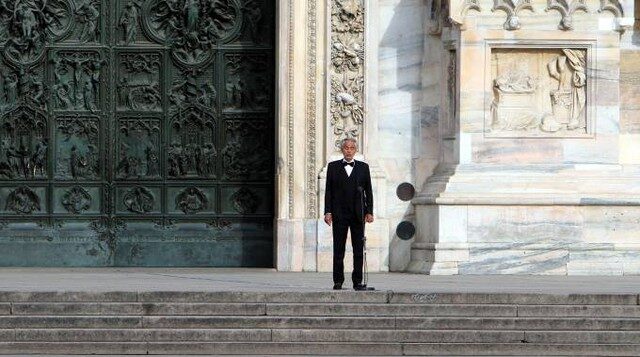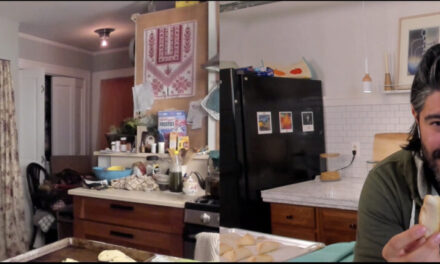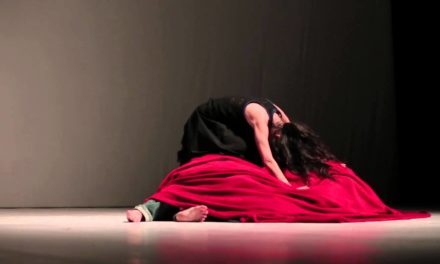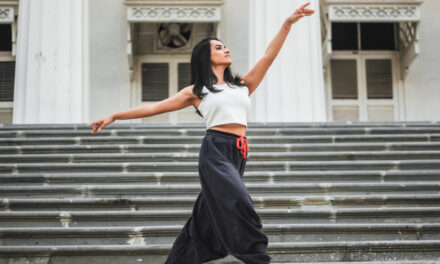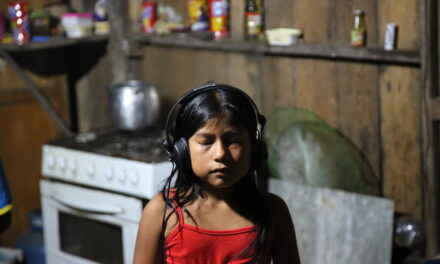Because of COVID-19, Italian singers can only continue to work online by using live streaming. The absence of direct contact with the audience has the ability to transform silence into an intense emotion, giving it a quality that is emblematic of the time. This is the case of Music for Hope, the solo performance by global music icon Andrea Bocelli at the Duomo in Milan on Easter Sunday this year.
The event was promoted by the City of Milan and the Veneranda Fabbrica del Duomo, produced by Sugar Music and Universal Music Group, and with thanks due to the generous contribution from YouTube. It carried a message of love, healing and hope to Italy and the rest of the world from the famous singer. He says, “on the day in which we celebrate the trust in a triumphant life, I’m honored and happy to answer ‘Sì’ to this invitation from the city and the Duomo of Milan. I believe in the strength of praying together. I believe in Christian Easter, a universal symbol of rebirth that everyone – whether they are believers or not – truly needs right now. Thanks to streaming live music bringing together millions of clasped hands everywhere in the world, we will hug this wounded Earth’s pulsing heart. This wonderful international creation is a reason for Italian pride. The generous, courageous, proactive Milan and the whole of Italy will soon again be a winning model, an engine of renaissance that we all hope for. It will be a joy to witness it in the Duomo during the Easter celebration, which evokes the mystery of birth and rebirth”.
Andrea Bocelli, Music for Hope trailer, April 7, 2020
For prudent reasons, choirs’ regular work has also been suspended. However, the lockdown does not limit the zeal of singers and conductors who have expressed their willingness to sing together in virtual performances. Special mention is due to the work of the choir in the Faculty of Musicology at the University of Pavia in Cremona, a town in Lombardy with a prestigious relevance to music history. The famous composer Claudio Monteverdi was born there, and the town is known for its tradition of lute-making.
Officially founded in 2002, the choir has toured many European countries and collaborates with several universities and professional choirs, such as Ars Cantica Choir, Gesualdo Consort of Gesualdo, Chœur Pastel d’Albi in France, and Coro Gioacchino Rossini in Sassari. Because COVID-19 has meant all concerts are canceled, a new challenge faces music in this difficult moment.
“Technically,” – declared conductor Giovanni Cestino – “this is not a traditional performance in real-time, but a virtual performance by each singer at home. I created the project, edited and mixed it. We did not rehearse together; instead, each member of the Choir studied alone and tried to record the song “together” using the track on headphones. My purpose was simple: I wanted to send a positive message to the singers, and avoid ideas of sacrifice and renouncing our everyday lives. I chose Javier Busto’s Esta Tierra (This Land) because it contains a surprising description of an imaginary place that reminded me of Cremona, our town. In this way, we were able to share the emotion of the music and also offer a tribute to Cremona.” Unfortunately, Cremona suffered bitterly from COVID-19, and this homage is a way to alleviate its sufferings through the spiritual consolation of music.
The choir of the Faculty of Musicology of the University of Pavia in Cremona, Esta Tierra by Javier Busto, March 24, 2020.
Cestino has shared his and the singers’ processes. His comments are similar to the notes a theater director would give. “For many members of the choir, being in front of a microphone recording their own voice was quite unnatural. In fact, this type of performance is the antithesis of what it means to sing in a choir – listening to others, breathing with them, stand next to them. Here there was only a trace of that presence in their ears, a microphone and a screen. Each member reacted in his or her own way – with fear, perfectionism, nonchalance, firmness, or determination – but everyone got involved. I believe that they learned a lot from the “total offering” of the voice. There was no use of filters, they were not part of a section made of other sopranos, tenors or basses. I learned a lot from it, and the proof is written at the beginning of the video. To be a choir you don’t need to do a choir, you don’t need to be side by side. We just want to sing together, and we can’t wait to go back to doing that”.
Roberto Vecchioni, Luci a San Siro. Cover by Diletta Domenichini, April 5, 2020.
Another admirable manifestation of this kind of love for music is the popular, young singer Diletta Domenichini, who studies Musicology in Cremona. Her beautiful voice and intense interpretations reflect a real talent for singing in any context, with basic technical elements and in spite of any distance. Videos of Domenichini’s work are available on her YouTube channel.
Domenichini, and some other members of the choir, are my students and I am proud of them. Like Bocelli, their voices resonate with courage and resilience for Italy, and their videos reflect a vital message of hope.
This post was written by the author in their personal capacity.The opinions expressed in this article are the author’s own and do not reflect the view of The Theatre Times, their staff or collaborators.
This post was written by Maria Pia Pagani.
The views expressed here belong to the author and do not necessarily reflect our views and opinions.

